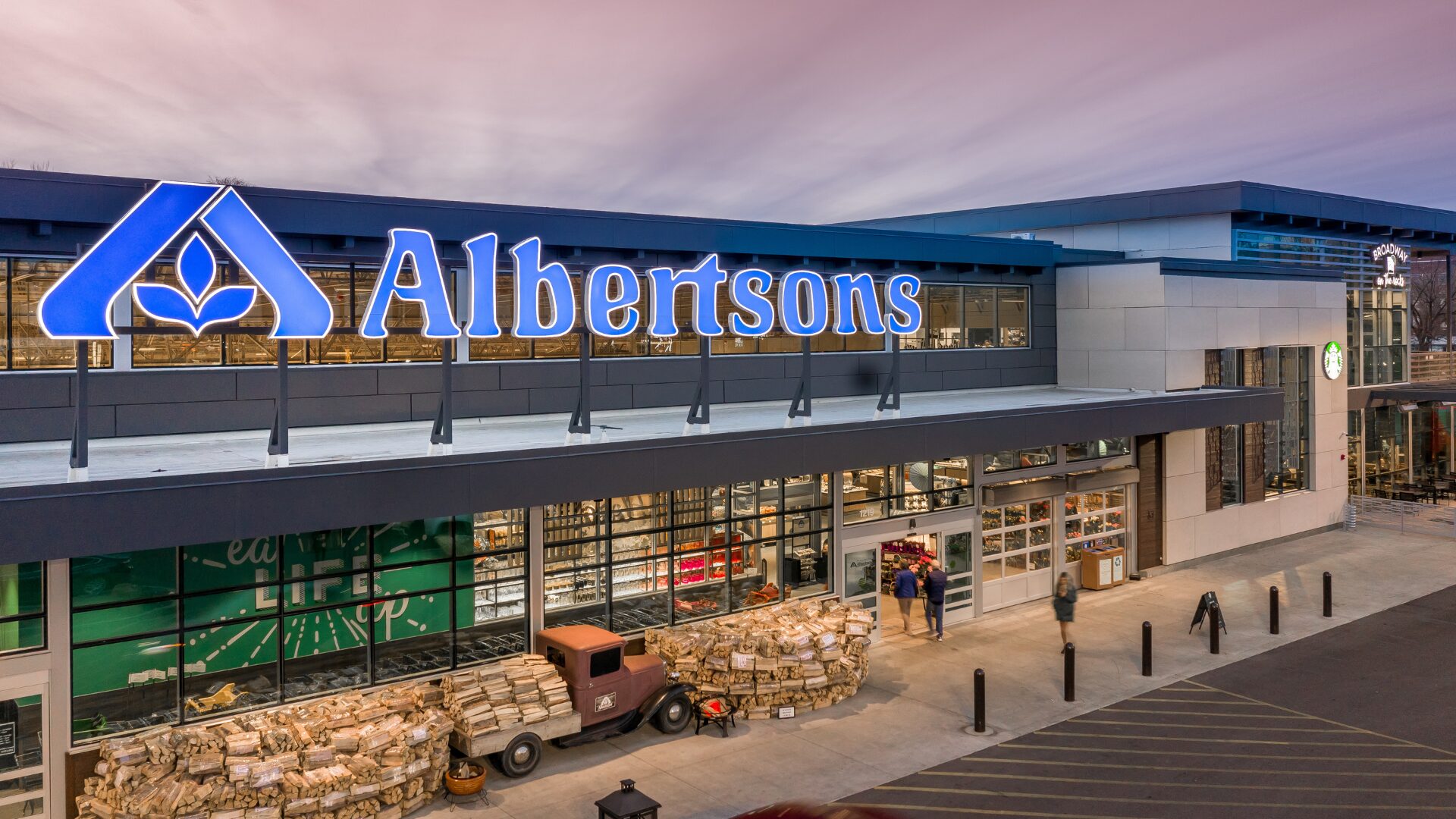With rising consumer demand for both online grocery and fresh produce, property managers are investing in cold storage warehouses.
Investors bought $1.9 billion worth of refrigerated warehouses in the first three quarters of 2019, up from $1.8 billion for all of 2018, according to data firm Real Capital Analytics. What’s more, the total was higher than any year in the past decade, reported The Wall Street Journal (Dec. 10).
Hundreds of companies operate and own refrigerated warehouses across the U.S., but the sector is consolidating, according to the International Association of Refrigerated Warehouses. Lineage Logistics LLC and Americold Realty Trust control 63% of the cold storage warehouses held by the top 25 owners in North America. Additionally, both continue to expand operations to meet rising demand.
As evidence, Americold agreed to buy Canada-based Nova Cold Logistics for $254 million in November. With the acquisition, Americold added three locations totaling 23.5 million-cu. ft. with approximately 81,000 pallet positions, and gained additional acreage for future expansions. Separately, the company also acquired two cold storage facilities in Maryland and in Pennsylvania, and exercised an option to purchase the underlying land for $54 million, reported Atlanta Business Chronicle (Nov. 21).
Meanwhile, Lineage Logistics unveiled plans to open a new cold storage warehouse facility in Jacksonville, FL, in 2020. The nearly 223,000-sq. ft. warehouse, the company’s second location in the city, is expected to go online in February. It will accommodate both chilled and frozen products, as well as an extended chilled loading dock area, reported Jacksonville Business Journal (Nov. 18).
Analysts note the rise in popularity of cold storage facilities can be likened to the expansive growth of distribution centers due to rising demand for e-commerce fulfillment. However, cold storage facilities come with a set of risks and challenges that facilities designed to hold products like clothing or books do not.
While the facilities can be a lucrative and attractive proposition, CBRE Research Inc. estimated costs for construction can double or triple that of traditional warehouses, as explained in a previous Food Institute Focus. Additionally, longer construction lead times and the complexity of maintaining multiple temperature zones can provide headaches in the lead-up to finalizing one of the facilities.
A separate report from CBRE in December found the gap between cold storage warehouses and dry storage facilities was closing in the U.S., which indicated increased investor interest in the category.
Despite growth prospects due to demand for online and fresh groceries, CBRE predicted challenges for the industry would include scarcity of available assets, complexity of building and operating the facilities, expensive construction and outdated U.S. transportation infrastructure.
Those facilities are likely being filled with a variety of products, according to USDA’s October 2019 Cold Storage report. For example, USDA reported butter stocks were up 3% on Oct. 31 when compared to the same date in 2018, and total frozen fruit stocks increased 21% on the date compared to Sept. 30. However, frozen vegetable stocks, red meat supplies, frozen poultry and cheese stocks posted year-over-year declines for the date.










